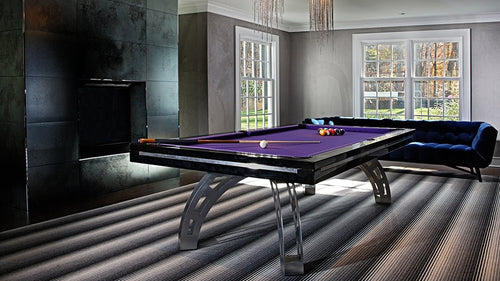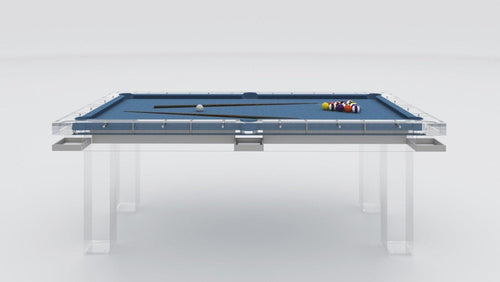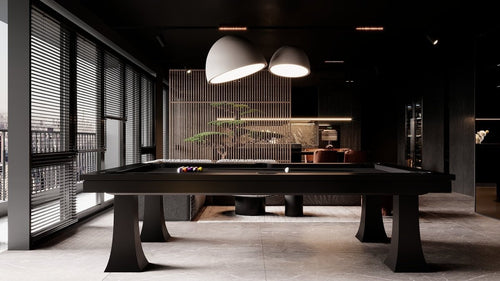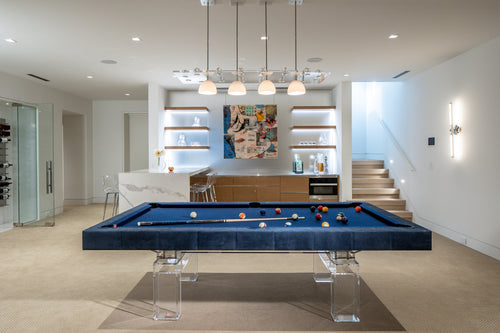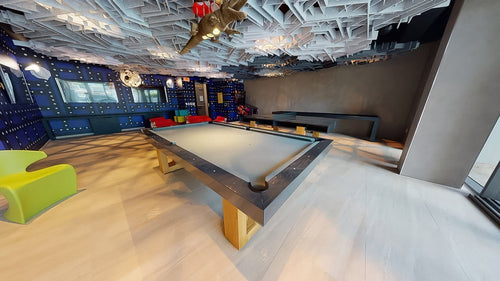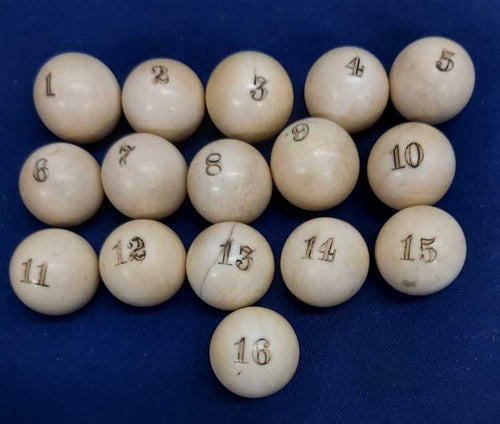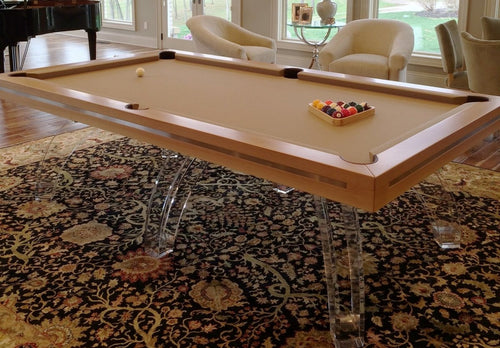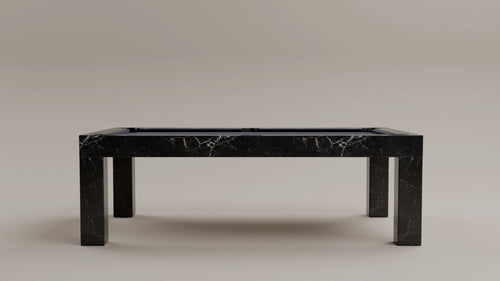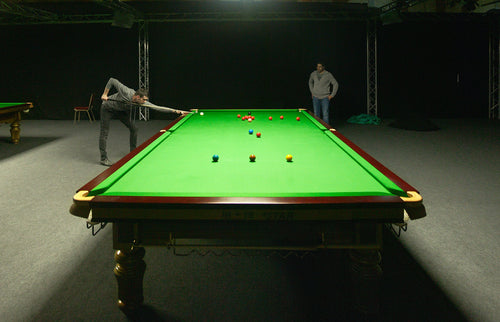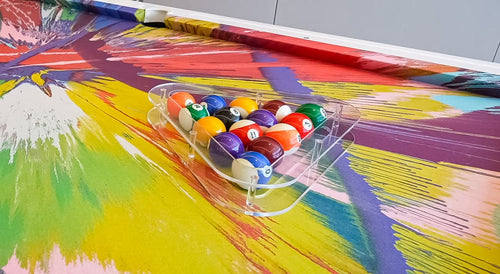Enjoy our modern designs
In interior design, the buyer is more than just a label—it’s a central concept shaping how services are marketed, how products are sold, and how contracts are drawn up. While the client is commonly viewed as the ultimate purchaser, the designer also steps into a buyer role when sourcing products from manufacturers or suppliers. By understanding these dual perspectives, designers can better navigate legal obligations, build strong client relationships, and deliver outstanding spaces.
The Buyer in Interior Design
Defining the Buyer: Under the Uniform Commercial Code (UCC), a buyer is anyone who contracts to purchase or actually purchases goods. For interior designers, this means:
- A client who hires a designer and purchases furniture or finishes is considered a buyer.
- A designer is a buyer when sourcing items from suppliers or manufacturers.
End User vs. Buyer: The term “end user” describes the final owner who enjoys and utilizes the goods (often the client), but designers must also recognize their role as purchasers in the supply chain.
The Client as Buyer: Rights, Obligations, and Marketing
Buyer rights and responsibilities are more nuanced than “the customer is always right.” Clients have expectations regarding quality while also bearing responsibilities such as timely payments and adherence to terms.
Building Client Relationships: Recognizing clients as buyers helps designers tailor their approach. Factors like buyer demographics, generational differences, and the decision-making process all play a role in winning projects.
The Designer as Buyer: Navigating Procurement and Costs
Interior designers also function as buyers when purchasing furniture, fixtures, and accessories on behalf of clients. This role involves:
- Negotiating Price and Value: Understanding supplier costs and markups, along with how clients perceive pricing.
- Quality Control and Warranties: Ensuring warranties protect both the client and the designer.
- Financial Risk Management: Conducting thorough due diligence—especially for large or international projects—to guard against unreliable suppliers.
Pricing Perceptions and Marketing Strategies
Clients often come with a “reference price” based on personal experience or market norms. A price too low can suggest low quality, whereas too high can imply overcharging. Clear communication about quality, durability, and style is key to establishing trust.
Legal and Contractual Aspects
Warranties protect buyers by setting expectations for product longevity and quality. Designers need to keep thorough documentation both when buying from suppliers and selling to clients.
Contracts must clearly identify the client (buyer) by name and address, and be signed by the person responsible for payment to be enforceable.
Integrating “Buyer” Insights into Design Work
Buyer insights influence every aspect of design. Financial considerations—such as evaluating client credit or stability—are critical for international projects. Additionally, insights into the owner’s project requirements (OPR) help align design choices with the client’s needs.
Conclusion
Recognizing the client—and occasionally the designer—as a buyer is key to successful, legally sound interior design practice. By understanding buyer demographics, legal obligations, financial risks, and pricing psychology, designers forge stronger relationships and execute projects with greater professionalism. Clarity on the buyer’s rights and responsibilities fosters trust and sets the stage for exceptional design outcomes.



